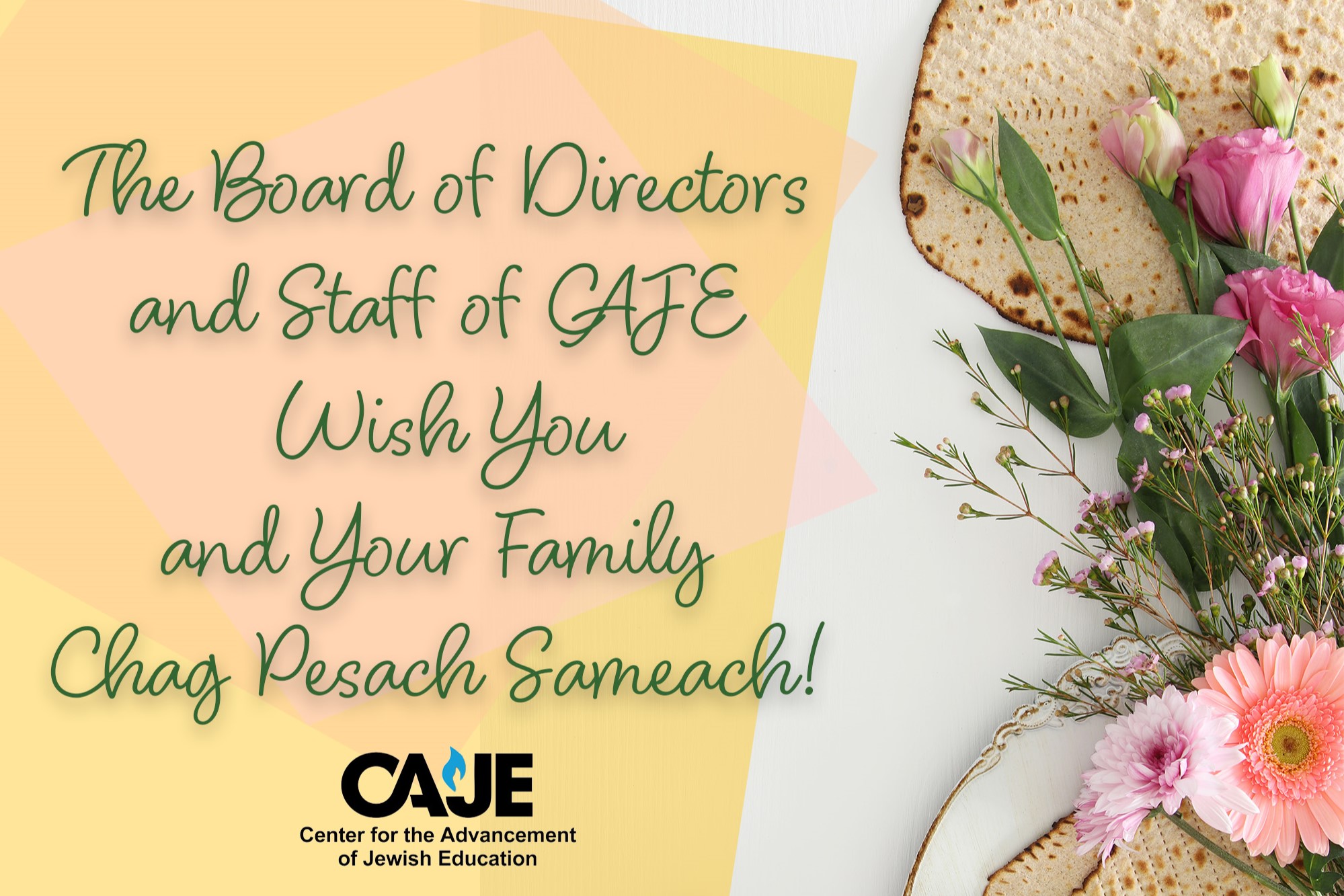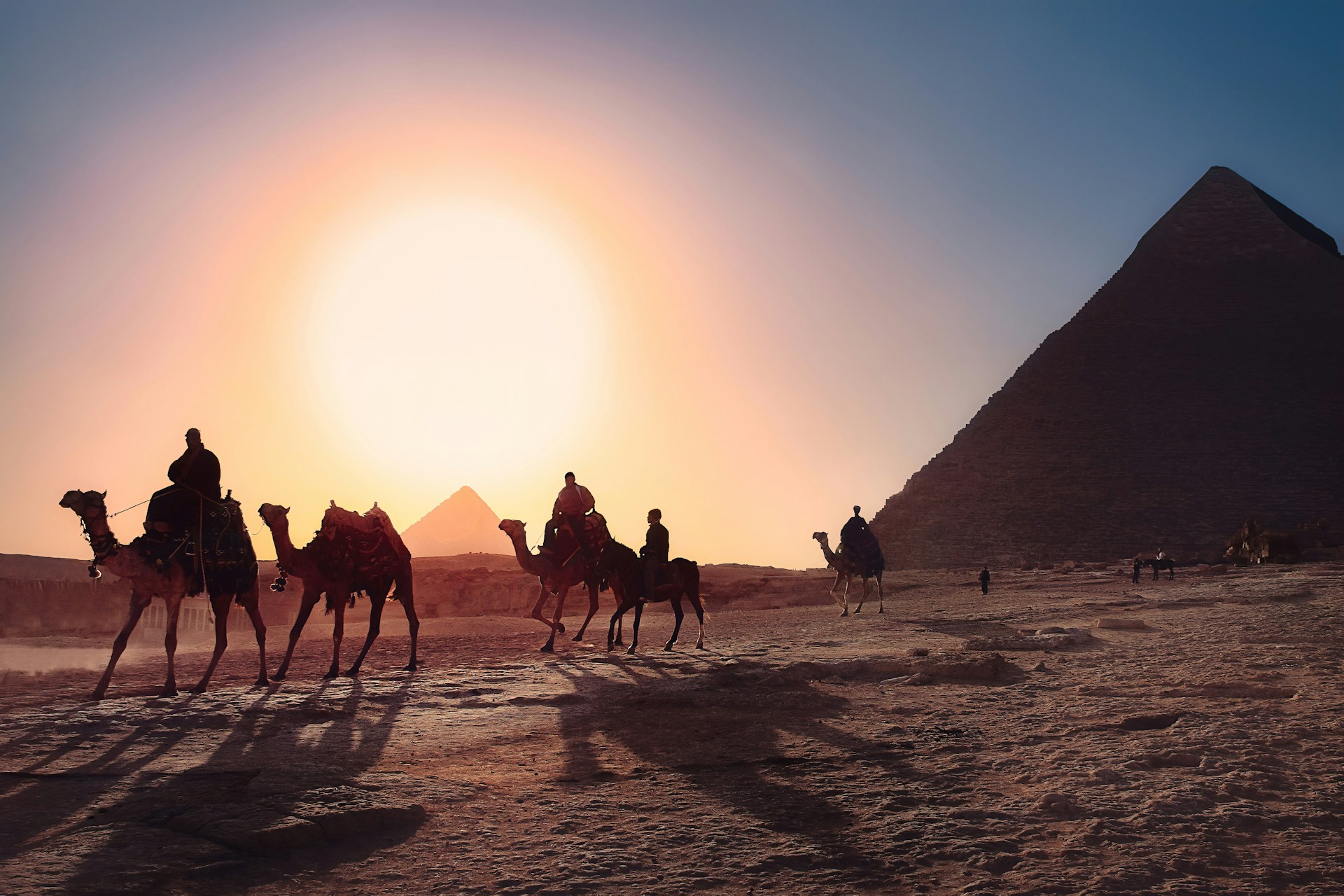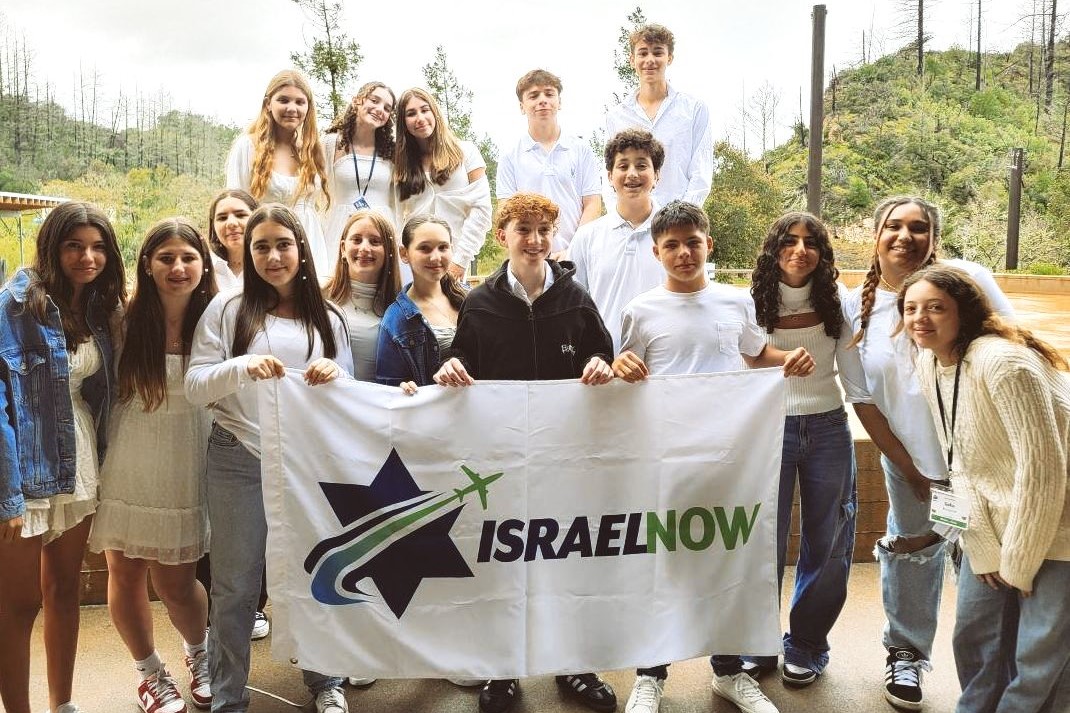Inviting Conversations About Racial Justice Part Two
The Babylonian Talmud (Kiddushin 40b) recalls a debate between Rabbi Tarfon and Rabbi Akiva:
“Rabbi Tarfon and the Elders were once reclining in the upper story of Nitza’s house in Lod when this question was posed to them: Which is greater, study or action? Rabbi Tarfon answered, saying: Action is greater. Rabbi Akiva answered, saying: Study is greater. All the rest agreed with Akiva that study is greater than action because it leads to action.”
“Study not only leads us to action, it leads us through action. Study offers us guidelines for what kind of action to take. In the realm of social justice, our learning outlines the nature of our obligations. Jewish tradition values study and action and hallows the connection between the two. Studying our traditional texts us a framework for understanding our obligations in the world. Studying our world makes those obligations urgent and immediate.”1
We have created a Text Study for you to use to invite conversation around your Shabbat tables, in your homes, with your friends, and with others by studying, learning and listening. We encourage you to engage with these sacred texts, videos and modern commentaries in a meaningful way.
Read the texts aloud. Grapple with the texts and videos and encourage dialogue. Most importantly, listen to the words that are uttered on the page as well as the words spoken by those studying with you. Actively listen to how the texts make them feel, and the perspectives they bring. This source sheet was created to serve as a tool to learn, engage, listen, discuss, wrestle and empower us to seek understanding and lead us to action.
[1] (Dorfman, Aaron. “Learning and Doing: The relationship and reconciliation of two Jewish values.” My Jewish Learning. https://www.myjewishlearning.com/article/learning-amp-doing/)
The word Shema appears no less than 92 times in the Book of Deuteronomy – more than in any other book of the Torah. Time and again in the last month of his life Moses told the people, Shema: listen, heed, pay attention. Hear what I am saying. Hear what God is saying. Listen to what he wants from us. If you would only listen …Judaism is a religion of listening. This is one of its most original contributions to civilisation... Listening is a form of engagement, it creates relationships.
There is something profoundly spiritual about listening. It is the most effective form of conflict resolution I know. Many things can create conflict, but what sustains it is the feeling on the part of at least one of the parties that they have not been heard. They have not been listened to. We have not “heard their pain”. There has been a failure of empathy. That is why the use of force – or for that matter, boycotts – to resolve conflict is so profoundly self-defeating. It may suppress it for a while, but it will return, often more intense than before. Job, who has suffered unjustly, is unmoved by the arguments of his comforters. It is not that he insists on being right: what he wants is to be heard. Not by accident does justice presuppose the rule of audi alteram partem, “Hear the other side.”
Listening lies at the very heart of relationships. It means that we are open to the other, that we respect him or her, that their perceptions and feelings matter to us. We give them permission to be honest, even if this means making ourselves vulnerable in so doing. A good parent listens to their child. A good employer listens to his or her workers. A good company listens to its customers or clients. A good leader listens to those he or she leads. Listening does not mean agreeing but it does mean caring. Listening is the climate in which love and respect grow.
Crowds are moved by great speakers, but lives are changed by great listeners. Whether between us and God or us and other people, listening is the prelude to love.2
Guiding Questions:
- What is the essence of the text?
- Reflect on the statement: “lives are changed by great listeners.” Today, our world is so polarized and perspectives seem to be locked in. How might the art of listening help you bridge the divide and begin the journey towards lasting change?
[2] (Sacks, Jonathan. “The Spirituality of Listening (Eikev 5776).” https://rabbisacks.org/spirituality-listening-ekev-5776/)
Listen to this profound, thought-provoking and often hilarious TedTalk where Baratunde Thurston reveals the power of language to change stories of trauma into stories of healing. Thurston embodies the need for us to listen and study first, so we can deconstruct narratives in order to take action together. He does this while challenging us all to level up so that we can write a better reality for all to be a part of.
Guiding Questions:
- What concepts that were raised resonated with you?
- What was something surprising that you learned from Baratunde Thurston’s TedTalk?
- How does his explanation bring to life the issues we face today?
- How might the presentation bring about new insights, perspectives and clarity for you?
Guiding Questions:
- When were you first aware of your race?
- What do you remember from childhood about how you made sense of human differences? What confused you?
- What childhood experiences did you have with friends or adults who were different from you in some way?
- How, if ever, did any adult give you help thinking about racial differences?
We are holy people – and all of us are holy – and our worth to others is ultimately going to derive from how we act.
Guiding Questions:
- What does it mean to be holy?
- How do you measure holiness?
- What is the connection between one’s worth and our worth to others?
Guiding Questions:
- How does G!d making humanity in the Divine image encompass or include the Torah value of “Love your neighbor as yourself?”
- B’tzelem Elohim: “we are all created in the image of G!d” is an important Jewish value. There seems to be a disconnect between the teachings of our tradition and the tragic events unfolding in our world today surrounding racial injustice. How might this value empower us to stand up, speak out and take action?
- Thinking about your own life, what are some ways that you live the teaching: “Love your neighbor as yourself?”
- What are some new things you can do to bring this teaching to life?
Benjamin has been caught with the Pharoah’s goblet, planted in his sack. He is falsely accused of theft, and about to be sentenced to a life of slavery. The moment of truth has arrived for Judah. The man who failed to be a brother to Rachel’s first son [Joseph believed to be dead], now becomes a true brother to Rachel’s second son [Benjamin]. He approaches Joseph [who he does not yet know is] the viceroy- a very bold move- and begs for his brother. He offers to be the servant. At this point, Judah offers his own soul for that of his brother… Standing before Judah’s conviction, Joseph can no longer ignore his voice. After 22 years, the dormant feelings of brotherhood are aroused, and Joseph can no longer disguise himself as a stranger. Joseph realizes that he too is a brother [despite the estrangement].
It is instructive in looking at the world as brothers. We are ultimately one family with many different languages, cultures, and histories. When we exercise leadership in a global world today, we need to ask ourselves, are we speaking the language of brotherhood, because to truly speak that language, sacrifice is required of us. When we speak out against the injustice in our world, the words need to have the power to motivate action. Empty words without sacrifice and commitment go unheeded. Like Judah, we must ourselves be personally responsible for the other, because only then will the world listen.
Guiding Questions:
- Have you asked yourself: Am I speaking the language of brotherhood? If so, how? And if not, what might be stopping me?
- The Torah text explores the themes of: brotherhood, sacrifice and repentance. How do these themes connect with the challenges we face today regarding racial justice?
- We have always been taught that “words have power.” How might we think about using our words to bring about systemic change?
We Take This Pledge
Innocent blood is calling out, God,
Echoing through the universe.
We must ask ourselves
What have we done?
What have we ignored, allowed, denied,
Excused?
But today we shed our excuses
In a time of soul-searching.
We take this pledge
For our black brothers and sisters
and for You, God:
“I am my brother’s keeper”
And I will change!
Change my heart
Change the laws
And change the unwritten law
That says the way it’s always been
Is the way it will always be.
I will do my part to uproot hatred, prejudice and racism.
I will speak out against police brutality
And a system of justice that is unjust.
And together we will unite as one in a time of repair
We will build
And we will rise
Black and white
All races and faiths
To a new way, a new day.
As the marches fade our work begins.
Bless us, God, work through us.
Teach us to lead with love.
Help us to turn our helplessness into actions that will heal our nation.
Shield us from indifference and despair and our tendency to forget.
Fill us with strength and hope and the perseverance to make lasting change.
In memory of George Floyd, Breonna Taylor, Ahmaud Arbery and the countless souls whose blood cries out from the ground.
In their memory and in their honor we take this pledge:
“I am my brother’s keeper.”
Amen.
Guiding Questions:
- What part of this prayer resonated with you?
- How might these words of prayer become a call to action?
Guiding Questions:
- What was something surprising that you learned from MaNishtana’s video?
- How does his personal narrative bring to life the issues we face today?
- Why do you think he goes by the alias MaNishtana, which means “What is different?”
- Did you learn anything from his testimony that will influence how you might act in the future?
CLICK HERE for Part 1: Things You Can Do to Promote Racial Justice
CLICK HERE for Part 3: Talking to Our Children About Race and Racism




